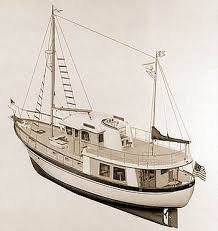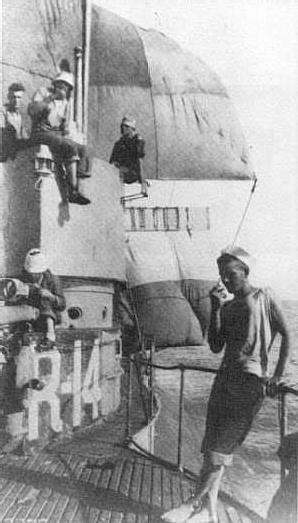CTP
Veteran Member
- Joined
- Jun 5, 2019
- Messages
- 33
- Location
- United States
- Vessel Name
- HMS Crown (for the time being)
- Vessel Make
- 34' CHB
Hi there - I just made an offer on a 34' CHB, my first trawler! While aboard I couldn't help noticing it has a mast and boom, but I can't find much info on using a sail on this boat out there. So I decided I should ask all of you here who know a great deal more about trawlers...so thanks in advance!!!



